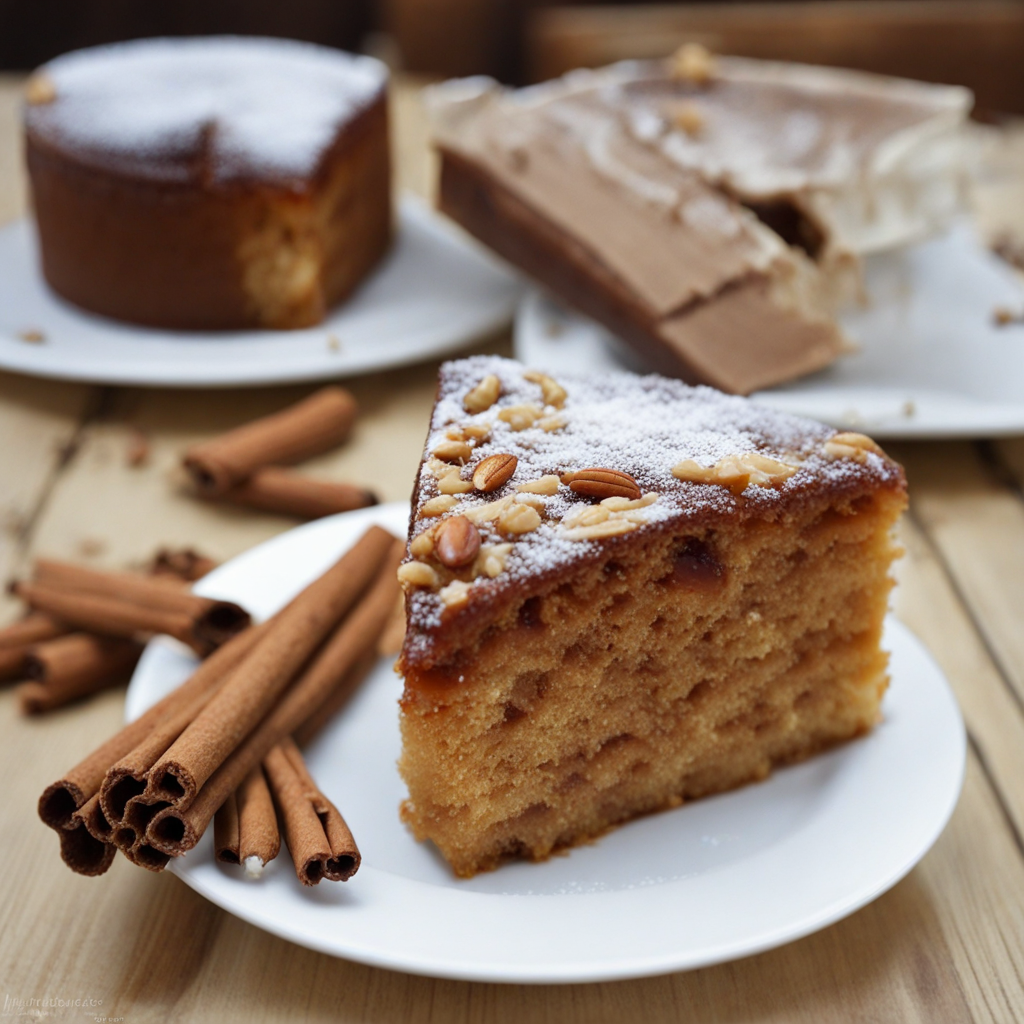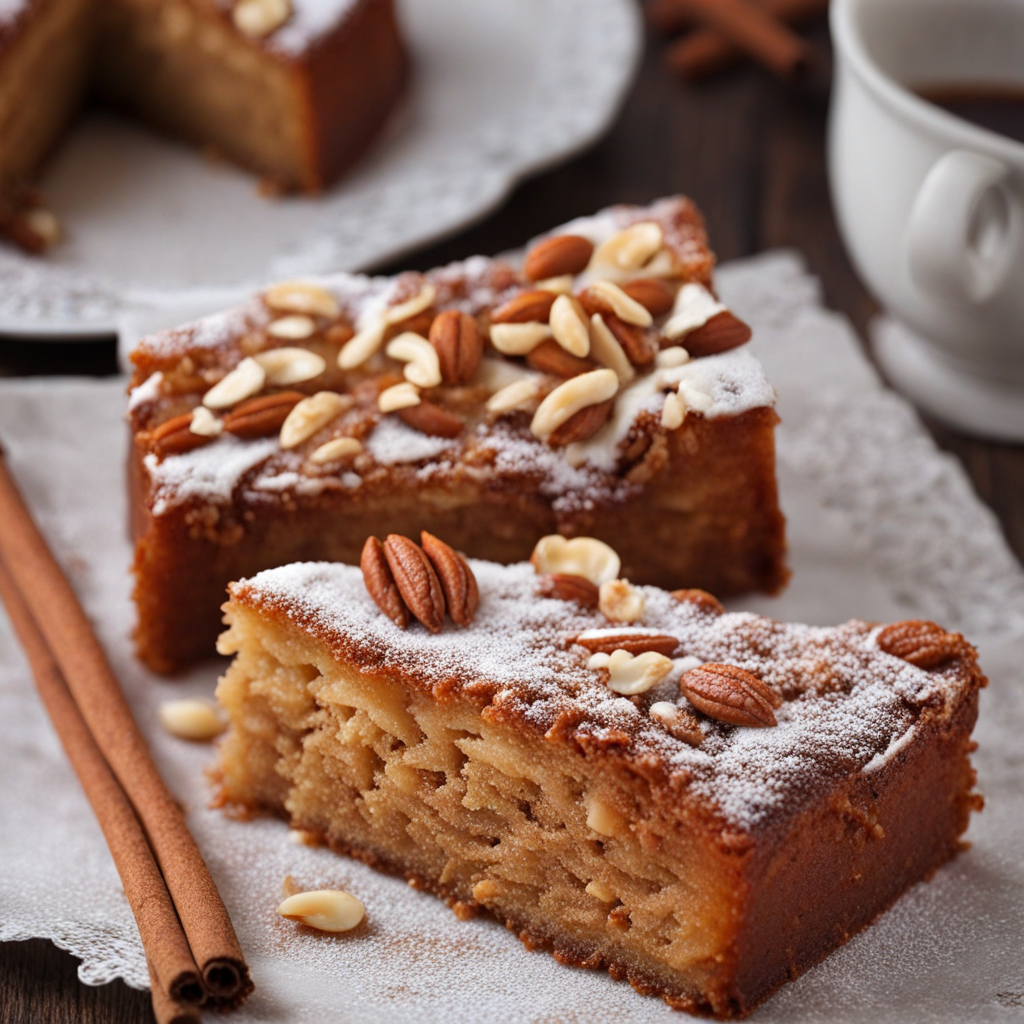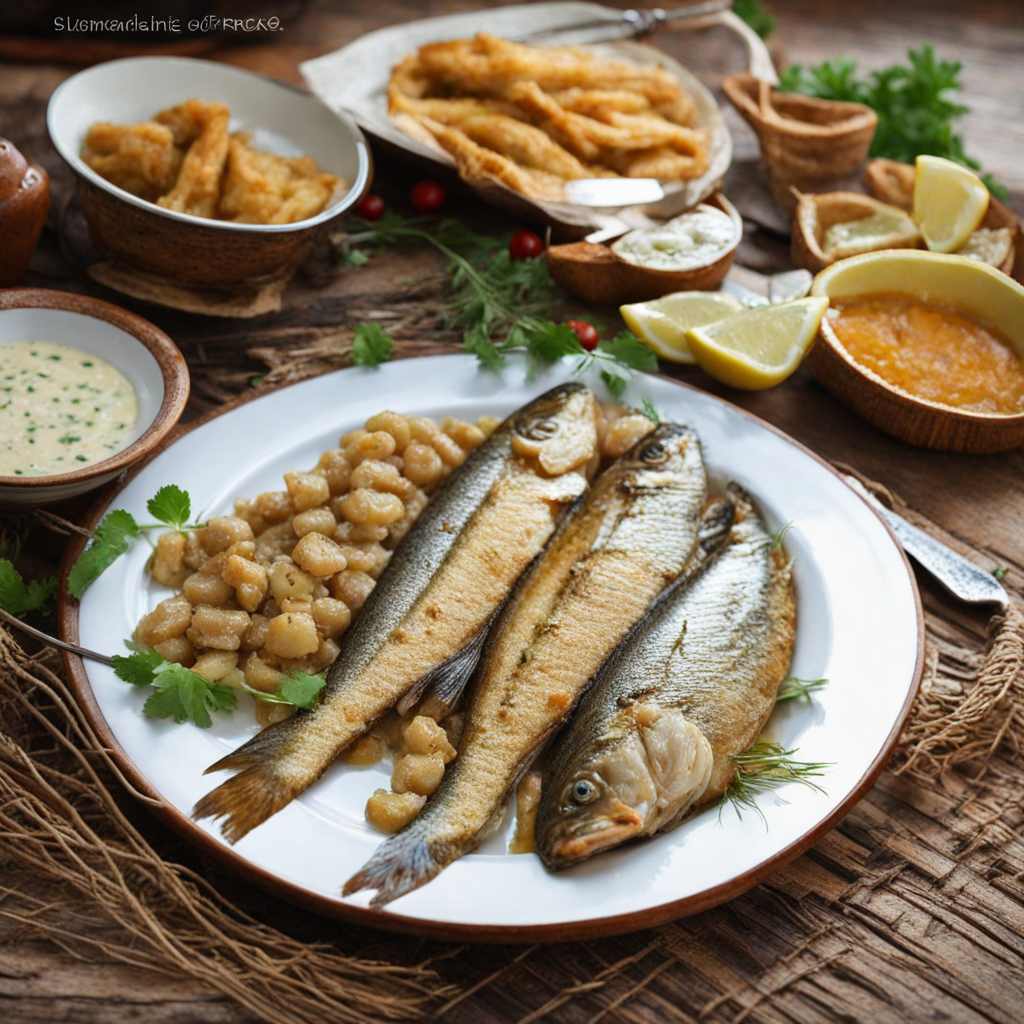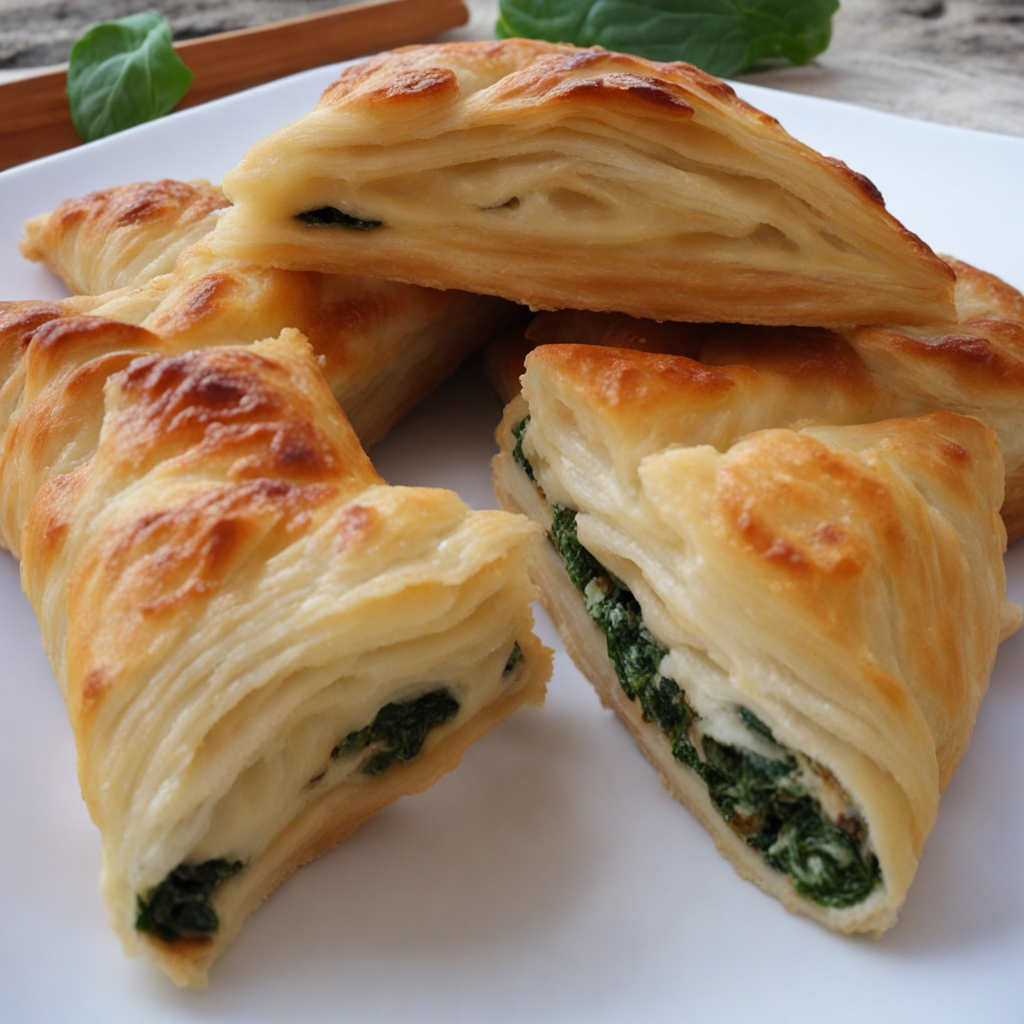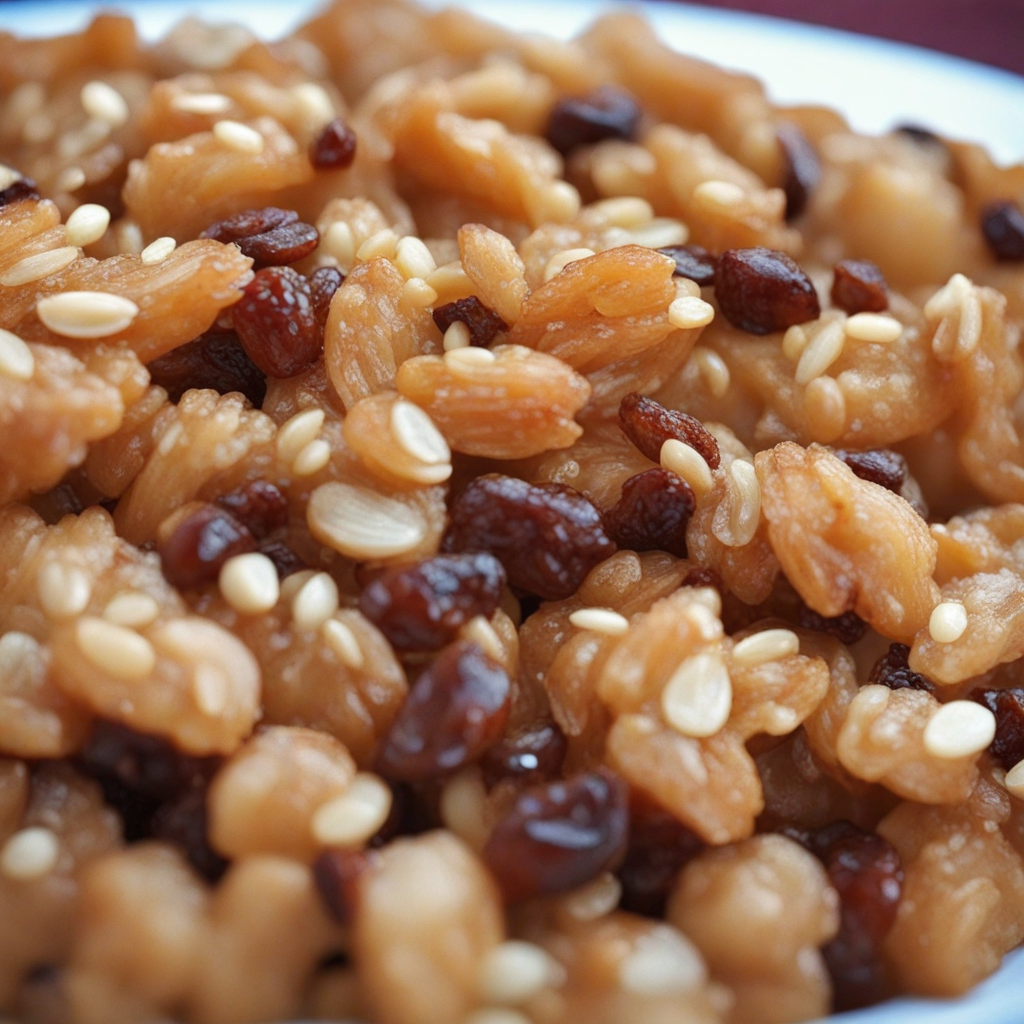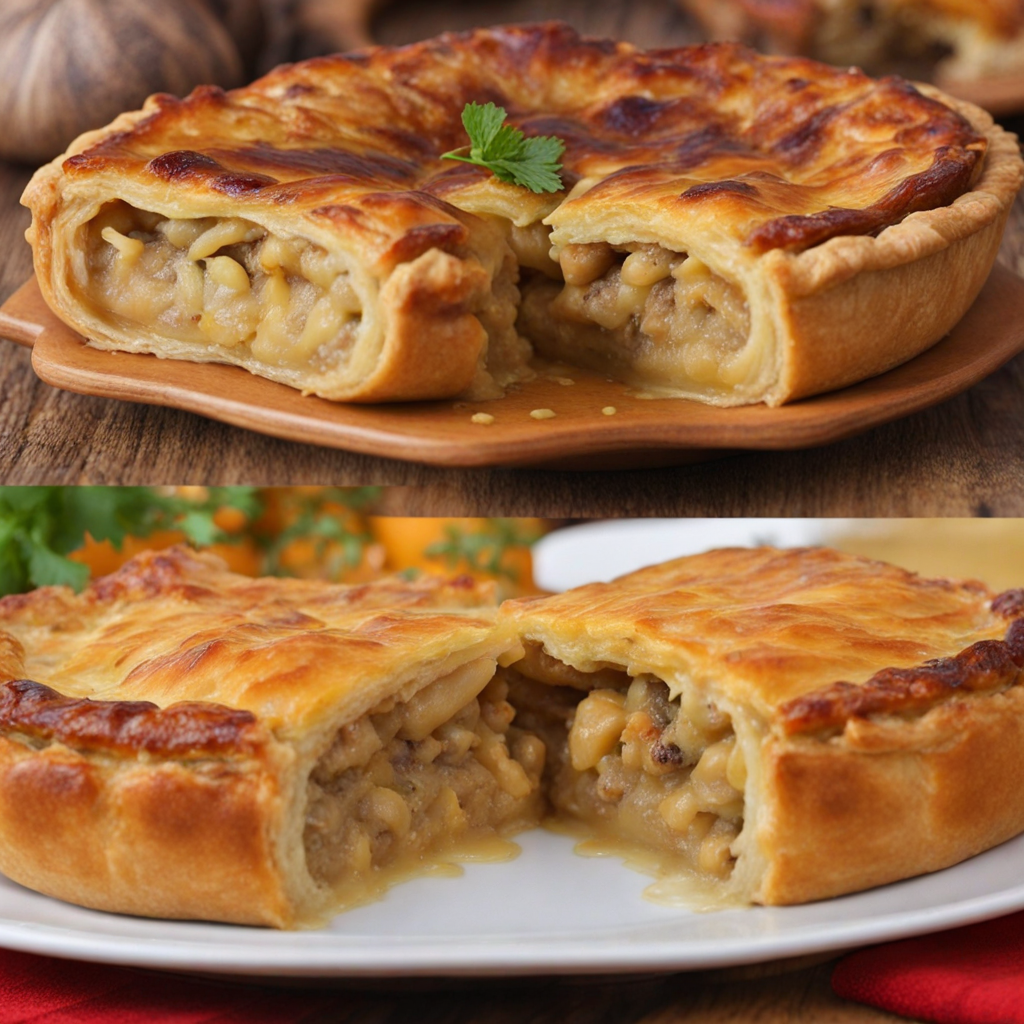Shendetlie
Shendetlie is a delightful and traditional Albanian dish that beautifully marries simplicity with rich flavors. Made primarily from a blend of legumes, grains, and aromatic herbs, this dish showcases the essence of Albanian cuisine. The base typically consists of a wholesome mix of lentils, chickpeas, or fava beans, cooked to a tender perfection and seasoned with local spices like cumin and paprika. The addition of fresh herbs such as parsley and dill enhances its earthy profile, creating a dish that is both nourishing and satisfying. What sets Shendetlie apart is its unique preparation method, often incorporating a slow-cooking technique that allows the flavors to meld beautifully over time. The dish is frequently finished with a drizzle of olive oil and a squeeze of lemon juice, introducing a zesty brightness that elevates the overall taste experience. Served warm, Shendetlie can be enjoyed as a hearty main course or as a side dish, making it versatile for various dining occasions. Accompanying Shendetlie, one might find traditional Albanian flatbreads, which are perfect for scooping up the dish, or a fresh salad featuring seasonal vegetables to balance the meal. The combination of textures and flavors in Shendetlie offers a wonderful exploration of Albanian culinary heritage, making it a must-try for anyone looking to expand their palate with something new and exciting.
How It Became This Dish
Shëndetlie: A Sweet Symbol of Albanian Heritage #### Origins and Early History Shëndetlie, a beloved Albanian dessert, is a traditional sweet that holds a special place in the hearts and homes of those who cherish Albanian culture. The name "Shëndetlie" translates to "health," and this delicacy is often associated with well-being, happiness, and celebration. While the exact origins of Shëndetlie are somewhat obscured by time, it is believed to have roots that trace back to the Ottoman Empire, when sugar and various spices began to influence the culinary practices of the Balkan region. Historically, the Balkans have been a melting pot of diverse cultures and culinary traditions, due to centuries of conquests, trade, and migration. The use of ingredients like sugar, nuts, and honey reflects the region's interactions with various cultures, including Persian, Turkish, and Mediterranean influences. In this context, Shëndetlie emerged as a sweetened pastry, showcasing the rich agricultural bounty of the Albanian landscape, including nuts like walnuts and almonds, and local honey. #### Ingredients and Preparation At its core, Shëndetlie is made from a few simple yet flavorful ingredients. The primary components include flour, sugar, walnuts, and various flavorings such as cinnamon or lemon zest. The preparation method can vary among families and regions, but it typically involves creating a dough that is layered with a filling of finely ground nuts and sugar before being baked to golden perfection. Once out of the oven, Shëndetlie is often drizzled with a syrup made from sugar and water, further enhancing its sweetness and adding a glossy finish. Though the basic recipe has remained consistent, variations abound, with some families incorporating other regional ingredients, such as different types of nuts or spices. This adaptability speaks to the broader culinary trend in Albanian cuisine, where recipes are often passed down through generations but evolve to reflect the tastes and preferences of each household. #### Cultural Significance Shëndetlie is more than just a dessert; it is a symbol of Albanian identity and cultural pride. It is often prepared for special occasions, such as weddings, religious holidays, and family gatherings, serving as a centerpiece that brings people together. The act of making Shëndetlie is often a communal affair, with family members gathering to mix, roll, and bake, fostering a sense of togetherness and tradition. In Albanian culture, food is intrinsically linked to hospitality. Offering Shëndetlie to guests is a gesture of warmth and welcome, embodying the spirit of "besa," a concept that emphasizes honor and trust. The dessert's sweet and comforting nature makes it a fitting offering for celebrating life's milestones and sharing joy with loved ones. Additionally, Shëndetlie carries a nostalgic connotation for many Albanians, especially those who emigrated to other countries. For the diaspora, making or tasting Shëndetlie serves as a potent reminder of home, evoking memories of family gatherings and cultural rituals. As such, it has become a symbol of resilience and continuity, allowing Albanians to maintain a connection to their heritage even when far from their homeland. #### Evolution and Modern Adaptations As Albania has undergone significant changes over the past century, so too has the role of Shëndetlie within the culinary landscape. The fall of communism in the early 1990s marked a period of cultural resurgence, during which traditional foods were embraced as symbols of national pride. During this time, Shëndetlie regained its status as a cherished dessert, with families taking pride in sharing their unique recipes. In contemporary Albania, Shëndetlie has found its way into restaurants and cafes, where it is often served alongside coffee or tea. Modern chefs have begun to experiment with the traditional recipe, introducing innovative twists while respecting its roots. Some variations include adding chocolate, incorporating different spices, or presenting it in a more artistic manner. The rise of social media has also played a role in popularizing Shëndetlie beyond Albania’s borders. Food bloggers and influencers showcase the beauty and simplicity of this dessert, making it accessible to a global audience. As interest in Albanian cuisine grows, Shëndetlie stands out as an emblematic dish that invites exploration and appreciation. #### A Culinary Ambassador In recent years, there has been a concerted effort to promote Albanian cuisine on the international stage. Food festivals, cultural exchanges, and culinary tourism initiatives have spotlighted traditional dishes like Shëndetlie, allowing people from diverse backgrounds to experience the flavors of Albania. This culinary ambassador role not only helps preserve the cultural significance of Shëndetlie but also fosters greater understanding and appreciation of Albanian heritage. Moreover, the dessert has become a conduit for storytelling. Each family recipe carries with it tales of generations past, weaving a narrative that connects the present with history. For many Albanians, sharing their version of Shëndetlie is akin to sharing a piece of their identity, thus reinforcing the importance of food as a cultural artifact. #### Conclusion Shëndetlie represents more than just a sweet indulgence; it is a tapestry of history, culture, and familial ties that reflects the essence of Albania. Its journey from a traditional home-baked delicacy to a symbol of national pride illustrates the resilience and adaptability of culinary traditions over time. As the world becomes more interconnected, Shëndetlie serves as a delicious reminder of the beauty of cultural exchange and the enduring power of food to bring people together. In every bite of Shëndetlie, one can taste the history of Albania—its struggles, triumphs, and the indomitable spirit of its people. Whether enjoyed in a bustling café in Tirana or shared among family members in the diaspora, Shëndetlie continues to be a sweet testament to the richness of Albanian heritage, inviting all to partake in its delightful legacy.
You may like
Discover local flavors from Albania


